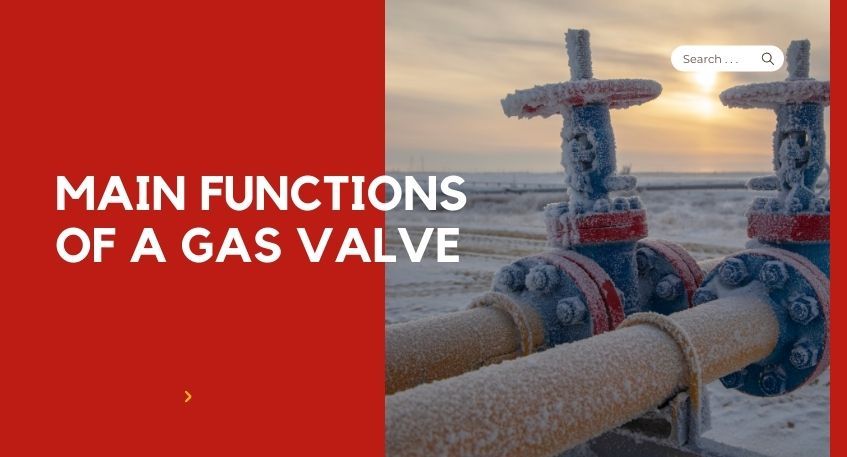
Gas valves are an essential component of gas-powered equipment, from industrial machinery to home appliances. They play a vital role in controlling the flow of gas and ensuring safety in gas-based systems. In this blog, we will discuss the two main functions of a gas valve and their importance in the proper functioning of gas-powered equipment.
The primary function of a gas ball valve is to regulate the amount of gas that flows into a system. Gas valves control the flow of gas through pipelines or hoses by opening or closing the valve. When the valve is open, gas flows into the system, and when it is closed, gas is stopped.
There are different types of gas valves used for flow control, including ball valves, globe valves, gate valves, and others. Ball valves are commonly used in gas pipelines and provide quick shutoff whereas globe valves are used in applications that require precise flow control. Gate valves are often used in larger-diameter pipelines and allow for full flow when the valve is open.
Proper gas flow control is critical for optimal performance and safety in gas-powered equipment. The right amount of gas flow ensures efficient operation, reduces waste, and prevents damage to the equipment. On the other hand, insufficient gas flow can lead to incomplete combustion, decreased performance, and increased emissions, while excessive gas flow can cause equipment failure, fires, or explosions.
Gas valves also have a crucial safety function, which is to shut off the gas supply in the event of a problem. Gas leaks or malfunctions in gas-powered equipment can be hazardous and potentially life-threatening, which is why safety shutoff mechanisms are essential.
Gas valves designed for safety shutoff use various mechanisms to detect and respond to problems. Some of the common safety shutoff mechanisms include thermocouples, solenoids, and pressure switches. Thermocouples sense the temperature of the pilot flame and shut off the gas supply if the flame goes out. Solenoids use an electromagnetic coil to control the valve, while pressure switches detect abnormal pressure and actuate the valve.
Reliable safety shutoff mechanisms are critical for preventing gas leaks and potential explosions. Gas leaks can result from equipment malfunction or damage to gas pipelines or hoses. Shutting off the gas supply stops the flow of gas and reduces the risk of fire or explosion.
Gas valves are used in various applications, from industrial processes to household appliances. Some common examples of gas-powered equipment that utilize gas valves include:
In each of these applications, gas valves play a crucial role in ensuring proper operation and safety.
Gas valves have two primary functions: to control the flow of gas and provide safety shutoff. Proper gas flow control ensures optimal performance and safety in gas-powered equipment, while reliable safety shutoff mechanisms prevent gas leaks and potential explosions. Gas valves are used in various applications, from industrial processes to household appliances. It is essential to have properly functioning gas valves to ensure the safe and efficient operation of gas-powered equipment.
Read more: Working Principle of Ball Valve in Plumbing?